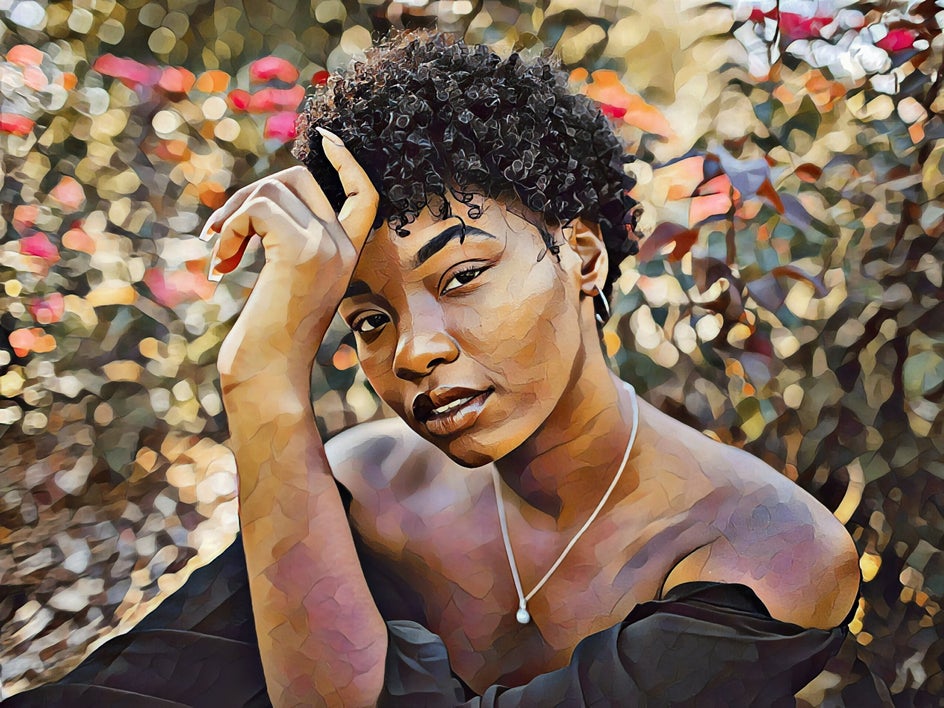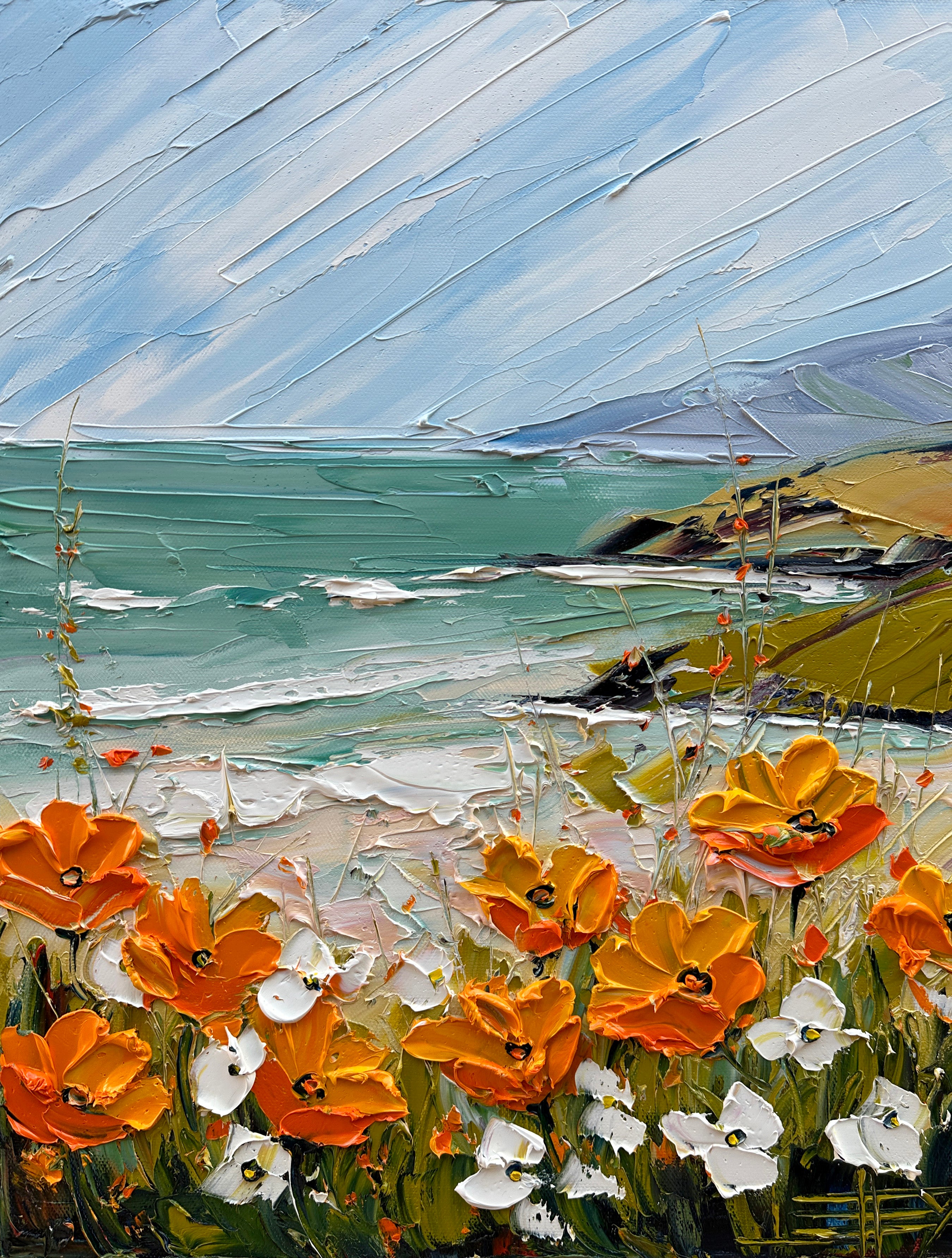Rare Collector's Oil Paintings for Sale
Rare Collector's Oil Paintings for Sale
Blog Article
Discovering All About Oil Paintings: An Overview to Recognizing Their Appeal and Value
Oil paintings have actually mesmerized audiences for centuries, providing a glance right into the creative proficiency of numerous periods. Their abundant history is intertwined with innovative methods and profound psychological expression. Comprehending the materials and approaches behind these artworks can enhance appreciation. Furthermore, the market for oil paintings provides chances for investors and collection agencies alike. As one discovers this interesting world, the inquiry arises: what makes an oil painting truly valuable?
The Background of Oil Paint: A Journey With Time
Oil painting has roots that date back to ancient times, it genuinely grew throughout the Renaissance, when artists uncovered its adaptability and rich color possibility. Early examples can be mapped to the 7th century, with strategies progressing notably throughout societies. The medium came to be popular in Northern Europe in the 15th century, particularly with the jobs of artists like Jan van Eyck, that originated its use for comprehensive realistic look and lively colors. This period noted a separation from tempera paints, enabling greater deepness and structure. As oil paint spread, it affected plenty of artists, bring about masterpieces by distinguished numbers such as Leonardo da Vinci and Rembrandt. The medium's tradition proceeds, forming the art world well into modern-day times.
Understanding Oil Paints: Products and Techniques
As musicians discover the world of oil paints, they experience a varied selection of materials and strategies that define this medium. The main parts of oil paint consist of pigments, which offer shade, and drying oils, such as linseed, that bind the pigments and help with application. Various ingredients can customize the paint's appearance and drying out time, enhancing adaptability. Strategies like glazing, where clear layers are accumulated, and impasto, which entails using thick paint, allow for different visual impacts. Furthermore, using brushes, combination knives, and even fingers can produce distinct structures and surfaces. Recognizing these materials and techniques makes it possible for artists to completely reveal their creativity and achieve the desired impact in their art work.
The Duty of Shade in Oil Paints
Color plays an essential function in oil paints, affecting both visual allure and emotional resonance. Recognizing color concept basics, including the partnerships in between shades, can boost an artist's ability to share mood and ambience. Additionally, understanding color mixing techniques permits for higher depth and splendor in a painting's palette.

Color Concept Essential
Comprehending color concept is crucial for musicians dealing with oil paints, as it creates the foundation for creating unified and visually interesting compositions. Shade theory incorporates the study of just how colors connect, the shade wheel, and the relationships in between key, additional, and tertiary colors. Musicians use complementary shades to enhance contrasts and develop centerpieces, while analogous shades promote unity and cohesiveness within an item. Additionally, the principles of warm and trendy colors affect the understanding of depth and room in a painting. Grasping these concepts allows musicians to control shade successfully, leading the viewer's eye and communicating their intended message. Mastery of color concept ultimately improves an artist's capacity to share feelings and ideas with their work.
Emotional Influence of Shade
The psychological influence of color in oil paints plays a vital function in exactly how audiences regard and attach with art work. Colors evoke specific feelings and moods, influencing the visitor's psychological state. As an example, cozy colors like reds and oranges can create a sense of warmth and energy, while great tones such as blues and greens commonly stimulate calmness or introspection. Artists tactically pick shade palettes to boost narrative elements, assisting the target market's psychological journey. The saturation and contrast of colors even more magnify these results, attracting attention and producing emphasis. Eventually, the interaction of shades in oil paints not just boosts their visual charm however likewise serves as an effective tool for emotional expression, enriching the viewer's experience and analysis.
Shade Mixing Techniques
While many facets of oil paint add to the overall make-up, understanding color mixing strategies is important for achieving wanted impacts and depth. Shade mixing can be come close to with various techniques, including the additive and subtractive procedures. Additive mixing involves incorporating colors of light, while subtractive blending depends on pigments, where colors mix to develop brand-new tones. Artists typically use a minimal scheme to develop harmonious jobs, recognizing the connections in between main, second, and tertiary colors. Techniques such as glazing and scumbling further enhance deepness and brightness. By masterfully mixing shades, an artist can evoke feelings, produce centerpieces, and accomplish a feeling of realism, inevitably elevating the paint's aesthetic and emotional influence.
Famous Oil Painters and Their Iconic Functions

Famous for their proficiency of color and method, oil painters have developed several of one of the most celebrated artworks in history. Popular artists like Vincent van Gogh mesmerized target markets with his stirring brushwork in "Starry Evening," while Claude Monet's "Impact, Sunrise" prepared for Impressionism. Leonardo da Vinci's "Mona Lisa" remains an enduring symbol of artistic genius, showcasing his ability in recording human expression. Rembrandt's "The Evening Watch" illustrates his cutting-edge usage of light and darkness. Various other remarkable numbers include Pablo Picasso, who revolutionized modern art with his strong experimentation in jobs like "Les Demoiselles d'Avignon," and Georgia O'Keeffe, whose vivid depictions of landscapes and flowers helped define American modernism. Each artist's distinct style contributed considerably to the oil paint landscape.
Just how to Review the Top Quality of an Oil Paint
Evaluating the quality of an oil paint includes a cautious evaluation of craftsmanship techniques, as well as an analysis of color and composition. Observing brushwork, layering, and the application of paint can disclose the artist's ability level. Additionally, the interplay of colors and the general setup of components add considerably to the paint's aesthetic value.
Assessing Workmanship Techniques
A meticulous evaluation of craftsmanship strategies is essential for establishing the high quality of an oil paint. Evaluators need to first examine the application of paint; thick, distinctive brushstrokes may recommend a competent hand, while extremely uniform applications can suggest an absence of deepness. oil paintings for sale. The layering technique is additionally vital; the visibility of glazes and differed thickness can boost luminosity and intricacy. Furthermore, the top quality of the products utilized, such as the canvas and pigments, plays a significant function in toughness and total aesthetic. Focus to detail in components like sides and shifts between colors mirrors the artist's commitment to their craft. Ultimately, these methods add to the paint's emotional effect and market value, acting as indications of the artist's ability and intent
Assessing Color and Composition
While assessing the high quality of an oil paint, one must concentrate on the interplay of color and structure, as these components are fundamental to the art work's total effect. Shade selections can develop and stimulate feelings state of mind; as a result, the musician's scheme need to be examined for harmony and contrast. A well-balanced structure guides the visitor's eye and develops a feeling of unity. Musicians frequently utilize methods like the regulation of thirds or leading lines to boost aesthetic rate of interest. Furthermore, using light and darkness can add depth, improving the three-dimensionality of the paint. Ultimately, a successful oil paint weds shade and composition, engaging the audience and inviting a much deeper admiration of the artist's vision and technique.
Caring for and Preserving Oil Paintings
Appropriate treatment and conservation of oil paints is crucial for maintaining their integrity and longevity. To secure these art work, it is crucial to display them far from direct sunlight, which can create fading and staining. Maintaining a secure environment with regulated temperature level and humidity more help in stopping damage. Cleansing ought to be done gently making use of a soft, dry fabric, avoiding any type of harsh chemicals that could harm the paint or varnish. Normal examinations for indications of damage, such as flaking or splitting, are recommended. When carrying or keeping oil paints, proper padding and framework are required to stay clear of physical damage. Inevitably, persistent treatment adds to the aesthetic appeal and value of oil paints in time.
The Marketplace for Oil Paintings: Investing and accumulating
Understanding the marketplace characteristics for oil paintings is essential for collection agencies and financiers alike. The worth of these artworks is influenced by different factors, including the artist's online reputation, historical importance, and present fads. Collectors commonly look for pieces that reverberate directly while considering prospective recognition in worth. Galleries and auctions work as main locations for acquiring and marketing, with prices varying based on need and rarity. Buying oil paintings needs research study right into the market, in addition to an understanding of authenticity and provenance. In addition, emerging artists may offer chances for significant returns, while established names can command high prices. In general, a critical strategy to gathering can yield both visual enjoyment and financial benefits.

Frequently Asked Questions
What Are the Ecological Influences of Oil Paint Products?
The environmental effects of oil painting products consist of the release of unstable organic compounds (VOCs), unsafe waste generation, and resource removal for pigments. These factors add to contamination and eco-friendly deterioration, increasing worries among environmentally conscious musicians and consumers.
How Do Various Canvases Affect Oil Paint Outcomes?
Different canvases influence oil paint results significantly. Appearance, absorbency, and surface top quality can alter paint application, drying out times, and shade vibrancy. Artists commonly pick particular canvases to accomplish desired effects and boost their artistic expression.
Can Oil Paintings Be Brought Back if Damaged?
If harmed, Oil paints can certainly be restored. Professional conservators use different techniques to fix splits, clean surface areas, and address staining, guaranteeing that the artwork preserves its original beauty and worth for future generations.
What Are the Indications of an Original Oil Paint?
The indications of an initial oil paint include noticeable brush strokes, texture variants, and an unequal canvas weave (oil paintings for sale). Additionally, credibility may be validated with provenance, trademarks, and the presence of a varnish layer unique to oil mediums
Just How Has Modern Technology Influenced Modern Oil Painting Techniques?
Technology has actually significantly affected contemporary oil painting methods by presenting digital devices for planning, boosted materials for texture and longevity, and on-line platforms for sharing and marketing art, consequently expanding artists' imaginative possibilities and target market reach. Oil painting has origins that date back to ancient times, it genuinely flourished throughout the Renaissance, when musicians discovered its convenience and oil paintings for sale abundant shade potential. The psychological influence of color in oil paintings plays an important duty in just how customers attach and view with artwork. While several facets of oil painting add to the overall make-up, grasping color blending methods is important for attaining preferred effects and deepness. Examining the high quality of an oil painting includes a careful analysis of workmanship techniques, as well as an evaluation of color and make-up. While assessing the top quality of an oil painting, one must concentrate on the interplay of color and make-up, as these aspects are basic to the artwork's total impact.
Report this page